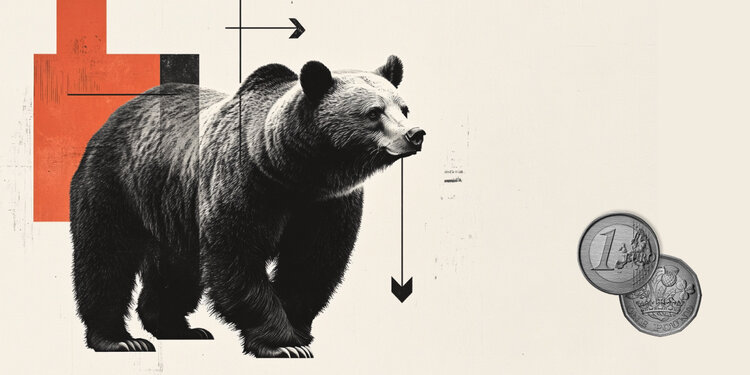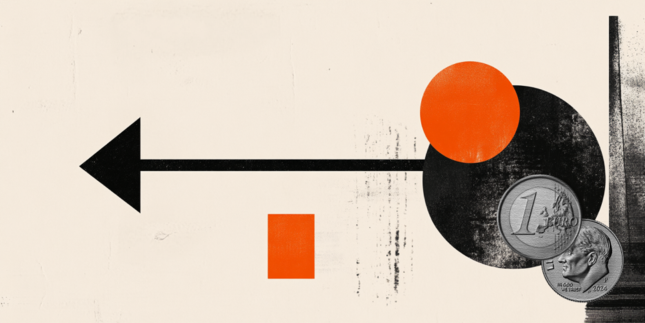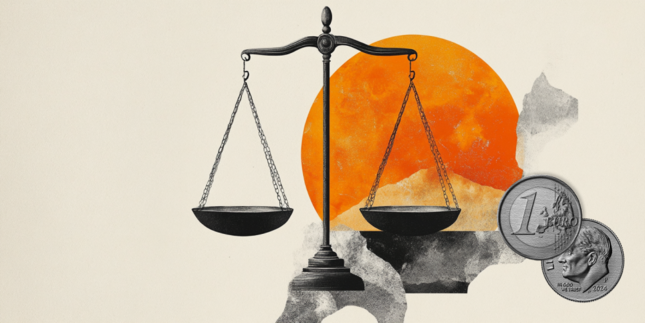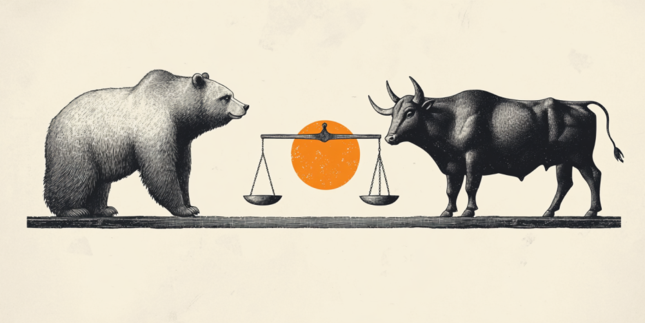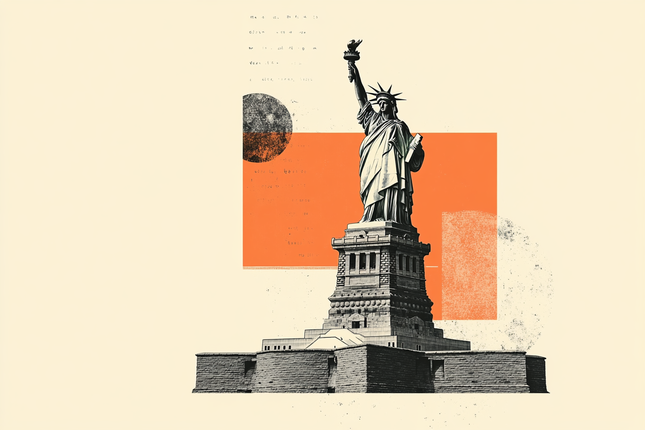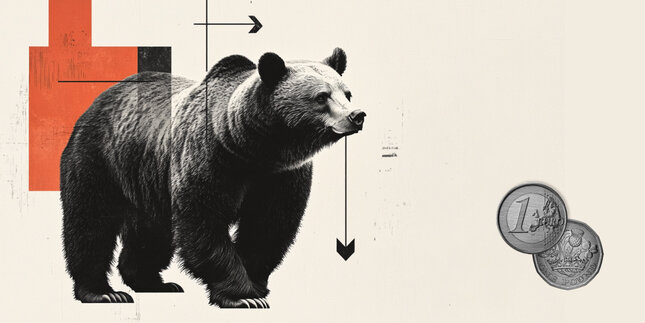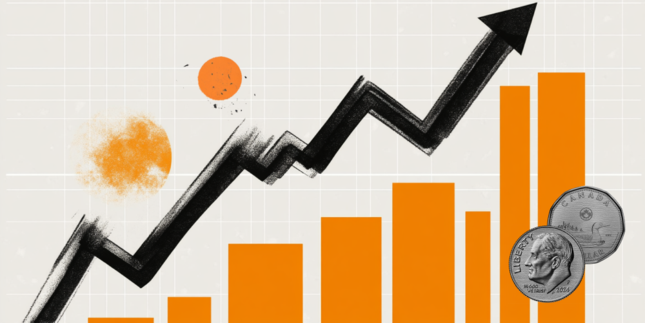EUR/GBP falls to near 0.8250 as Trump threatens 25% tariffs on the European Union
- EUR/GBP weakens as President Trump warns of 25% tariffs on the European Union.
- The EU vowed to respond against Trump’s proposed tariffs.
- BoE’s Swati Dhingra emphasized the limits of central bank policy in tackling trade-related supply shocks.
EUR/GBP extends its losses for the second consecutive day, trading around 0.8270 during Asian hours on Thursday. The currency cross remains under pressure due to a weakened Euro (EUR) following threats from US President Donald Trump to impose 25% tariffs on the European Union (EU).
Late Wednesday, President Trump reaffirmed his intention to enforce 25% tariffs on Canada and Mexico and announced plans to add the EU to the list of nations facing trade penalties for exports to the United States (US).
In response, the EU pledged to react “firmly and immediately” to these “unjustified” trade barriers, signaling its readiness to retaliate swiftly against the proposed levies. These escalating trade tensions could exacerbate the Eurozone’s economic slowdown and further weigh on the EUR’s performance against its peers.
Meanwhile, Bank of England (BoE) Monetary Policy Committee Member Swati Dhingra highlighted on Wednesday the limitations of central bank policy in addressing trade-based supply shocks. Dhingra noted that if global economic fragmentation proceeds in an orderly fashion, monetary policy interventions may not be necessary. However, in a scenario where external supply shocks become more frequent, having an independent monetary authority with a clear inflation target becomes crucial.
Traders have already priced in two interest rate cuts by the BoE for the year. Nevertheless, Dhingra’s earlier comments suggested she supports more aggressive easing, favoring over four rate cuts. She stated that while the media often interprets the term “gradual” as 25 basis points (bps) per quarter, maintaining this pace throughout the rest of 2025 would still leave monetary policy in an excessively restrictive position by year-end.
Tariffs FAQs
Tariffs are customs duties levied on certain merchandise imports or a category of products. Tariffs are designed to help local producers and manufacturers be more competitive in the market by providing a price advantage over similar goods that can be imported. Tariffs are widely used as tools of protectionism, along with trade barriers and import quotas.
Although tariffs and taxes both generate government revenue to fund public goods and services, they have several distinctions. Tariffs are prepaid at the port of entry, while taxes are paid at the time of purchase. Taxes are imposed on individual taxpayers and businesses, while tariffs are paid by importers.
There are two schools of thought among economists regarding the usage of tariffs. While some argue that tariffs are necessary to protect domestic industries and address trade imbalances, others see them as a harmful tool that could potentially drive prices higher over the long term and lead to a damaging trade war by encouraging tit-for-tat tariffs.
During the run-up to the presidential election in November 2024, Donald Trump made it clear that he intends to use tariffs to support the US economy and American producers. In 2024, Mexico, China and Canada accounted for 42% of total US imports. In this period, Mexico stood out as the top exporter with $466.6 billion, according to the US Census Bureau. Hence, Trump wants to focus on these three nations when imposing tariffs. He also plans to use the revenue generated through tariffs to lower personal income taxes.
Forex News
Keep up with the financial markets, know what's happening and what is affecting the markets with our latest market updates. Analyze market movers, trends and build your trading strategies accordingly.
